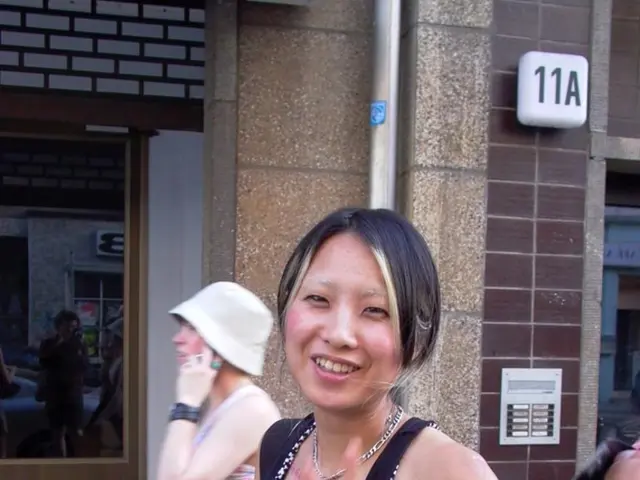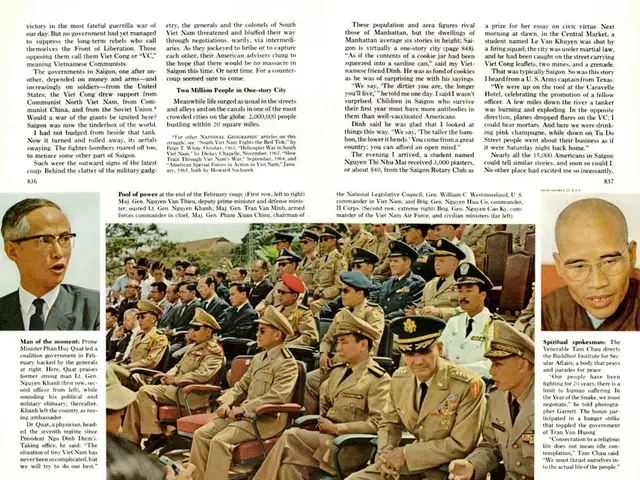Tips for Boosting Efficiency in Innovative Business Owners
March 10, 2025 | Upcycling
Time Management Strategies for Creative Entrepreneurs
Many creative entrepreneurs struggle to balance their artistic passions with business demands, feeling as though they are trying to create a masterpiece while managing a circus. However, with effective time management strategies, it is possible to accomplish more, reduce overwhelm, and achieve a work-life balance that works.
Slowing Down to Build Momentum
As a creative entrepreneur, it might seem counterintuitive to start slow, but taking time to build momentum can help you achieve your goals without sacrificing your creativity. A morning routine might include waking up 30 minutes earlier, taking deep breaths, setting intentions for the day, jotting down top priorities, enjoying your coffee or tea, and taking a short walk. This routine can help center you and set you up for a more focused and productive day.
Maximizing Creative Flow with Strategic Time Blocking
Time blocking offers a structured approach to managing a creative schedule by dedicating specific time slots to individual tasks. Embrace your natural energy rhythms by planning your most important tasks when you are at your peak energy levels. Group similar tasks together to make the most of your focus, and set boundaries to minimize distractions.
The Two-Minute Rule and Minute Tasks
The two-minute rule states that if a task takes less than two minutes to complete, it should be done immediately. By tackling these small tasks as they arise, you can clear mental clutter and free up time for more creative work.
Strategic Outsourcing and Delegation
Outsourcing and delegation can unleash your creative potential by freeing up time for the tasks that align with your core strengths. Identify your energy drains and delegate or outsource tasks that do not require your creative expertise. Engage in strategic outsourcing by researching affordable options and starting small to offset costs.
Brain Dumping and Clearing Mental Clutter
Brain dumping is a technique used to declutter your mind by writing down all your thoughts, big and small. By categorizing these thoughts, you can prioritize and focus on what needs to be done. This process can help you clarify your thoughts and free up mental space for creativity.
Eating the Frog: Tackling Difficult Tasks First
The eat-the-frog method involves tackling your most challenging or unpleasant task first thing in the day. By completing these tasks early, you can minimize stress and distractions and free up mental space for your creative work.
Embracing Your Main Character Energy
Sometimes, the most productive approach is to lean into what makes you unique as an individual. By aligning your work with your personal values and strengths, you can create a natural flow between productivity and creativity.
Conclusion
Creative entrepreneurs can achieve a balance between productivity and creativity by adopting strategies that work with their natural rhythms and needs. Prioritizing, structuring work, and utilizing techniques such as time blocking, brain dumping, the two-minute rule, delegation, and eating the frog can help you achieve a sustainable and fulfilling workflow.
- In the realm of food news, upcycling techniques can be applied to creative entrepeneurship, where time management strategies can help balance artistic passions with business demands, supporting productivity and a harmonious work-life balance.
- For those interested in lifestyle and personal growth, adopting a morning routine, such as the one described in the upcycling article, can help Creative Entrepreneurs slow down to build momentum, setting the stage for a productive and focused day.
- Furthermore, education-and-self-development resources could delve into the specific time management strategies mentioned in the upcycling piece, such as strategic time blocking, outsourcing and delegation, brain dumping, and the eat-the-frog method, empowering entrepreneurs to optimize their workflow and capitalize on their unique talents for both productivity and creativity.








